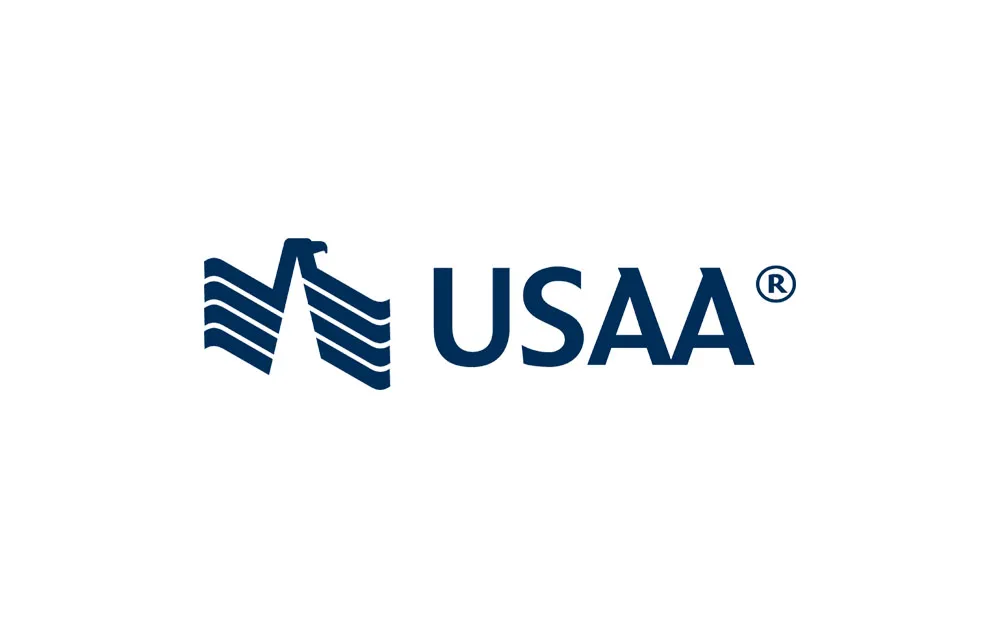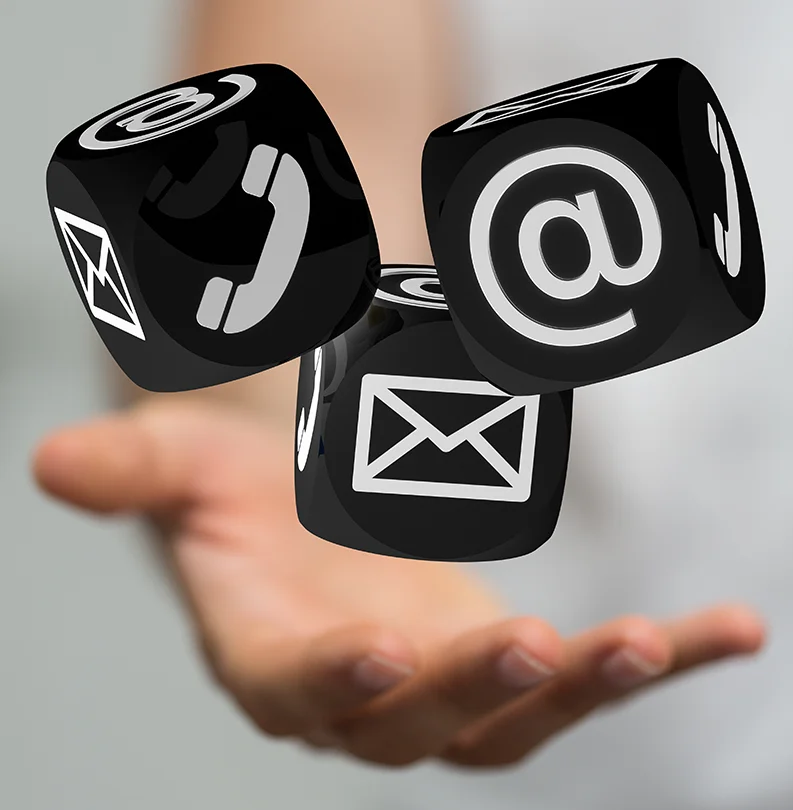Action
I decided to look for opportunities to tie in culture building activities with other activities being planned outside of USAA. Global Accessibility Awareness Day afforded me that opportunity.
By hosting activities on Global Accessibility Awareness Day, I could execute my planned strategy, and also include the efforts being made in other parts of the country and the world to drive a stronger message home (at a reduced cost to resources internally).
I built a schedule/agenda for the day. My goal was to create events that both provided a new perspective to accessibility, and also approached accessibility from a design perspective. Something that would speak to our design teams throughout the chief design office.
I also wanted to make sure that I had leadership participate. This was critical to ensuring that our design teams understood that this was something that was being supported from the top down.
The first event I created was a panel discussion around accessibility. I included not only SMEs from my team, but pulled in others from across the organization that supported accessibility.
I led a discussion around the state of accessibility, and how USAA was rising up to support it. It gave many people that had, up until that point in time, not had a voice associates outside of their immediate orbit were listening too. It also showed attendees that a11y was bigger than their own space.
NOTE: I planned events throughout around events being held by other companies virtually. Associates did not have to choose between our events and others. And I made sure we advertised them. Google. IBM. Etc.
The next event was a Q&A I led with one of the longer tenured a11y experts at USAA, who happened to be disabled. We decided to take a lighthearted approach to this Q&A, asking questions that showed how important a11y work is, and at the same time showing the human side of a11y. I also gave the attendees opportunities to ask their own questions virtually.
The next event I created was a presentation about accessible video gaming, and the accessible design of both games and the peripherals that are used to play those games. I incorporated videos from accessible game designers like Naughty Dog (Uncharted series), as well as conducting a first hand demo of an accessible game controller.
This session showed attendees the beauty of design, and how it could be accomplished in an accessible manner, a perspective that was critical to ensuring my message that accessibility could be done in a beautiful way (a common misnomer).
The final event in my Global Accessibility Awareness Day agenda was a cooking demonstration. A simple recipe for a pimento cheese spread. Simple ingredients. Simple instructions.
However, I used in the directions many color based directives. For example pour items from the green bag into the blender. But all the ingredient bags were clear. I also provided measuring utensils that had the measurement unit rubbed off. The result was that the recipe was made, but wasn't very good. I compared it to a premade spread that had been made per spec.
I asked the Chief Design Officer to participate in this final event. Our associates saw her struggle to measure properly. And she helped drive the message home that when we rely on inaccessible components (measuring utensils), the experience is not the same.
Result
By intentionally scheduling the way I did, the first part of the day showed attendees how much support there was for accessibility across the org, not just in design but in other areas like dev and QA as well.
The second half focused on the design of things. And included senior leadership. This resulted in a unified message of “this is important” and why. It forced people to set aside their pre-conceived notions about what happens when you make something accessible.
From that point forward, our messaging around accessibility was met with enthusiasm, and it made incorporating a11y (and what we would be asking teams to do with their experiences) easier and more effective. It created a true “this is why we're asking you to do this” rather than forcing teams to do it without proper context.




